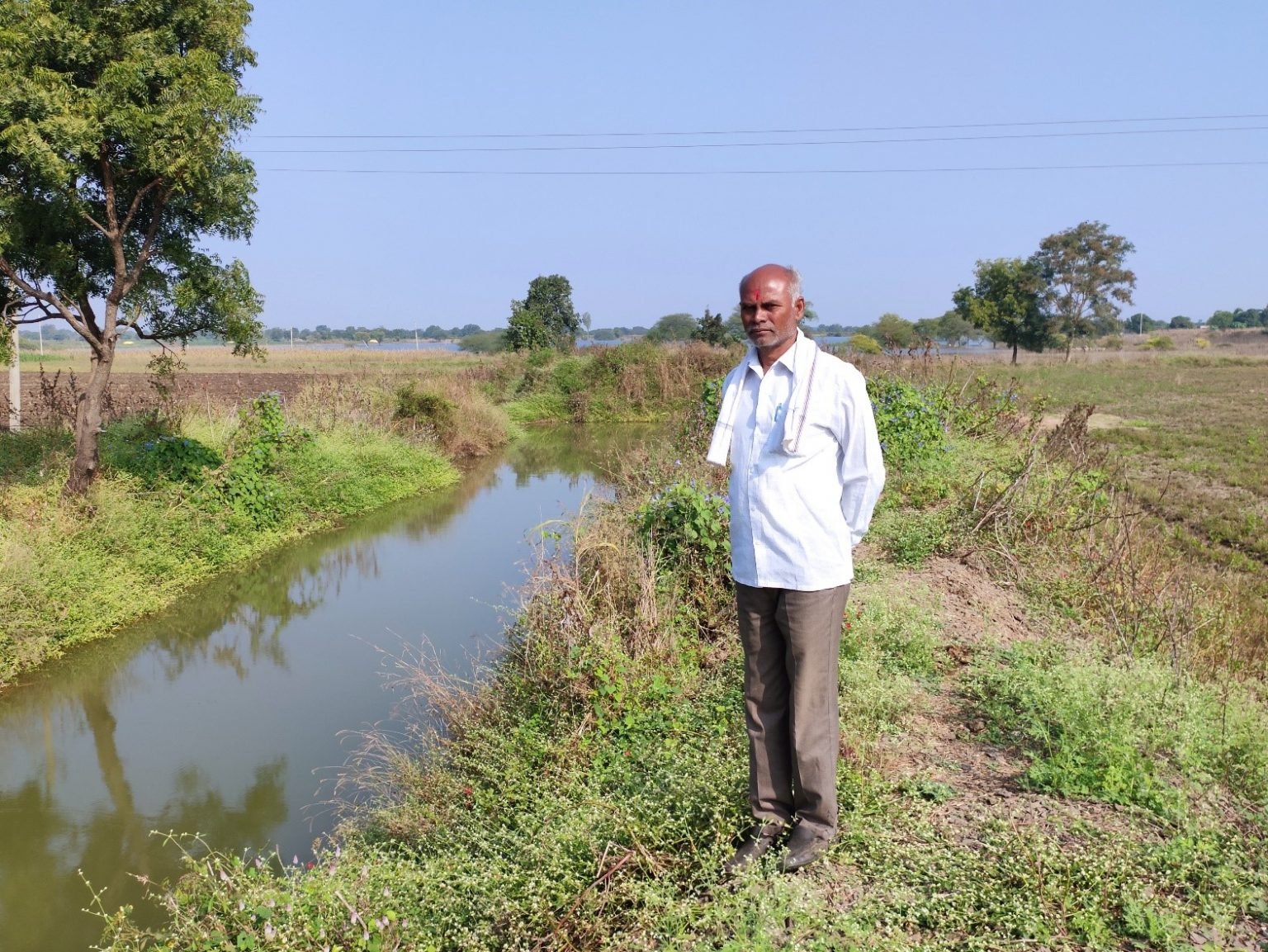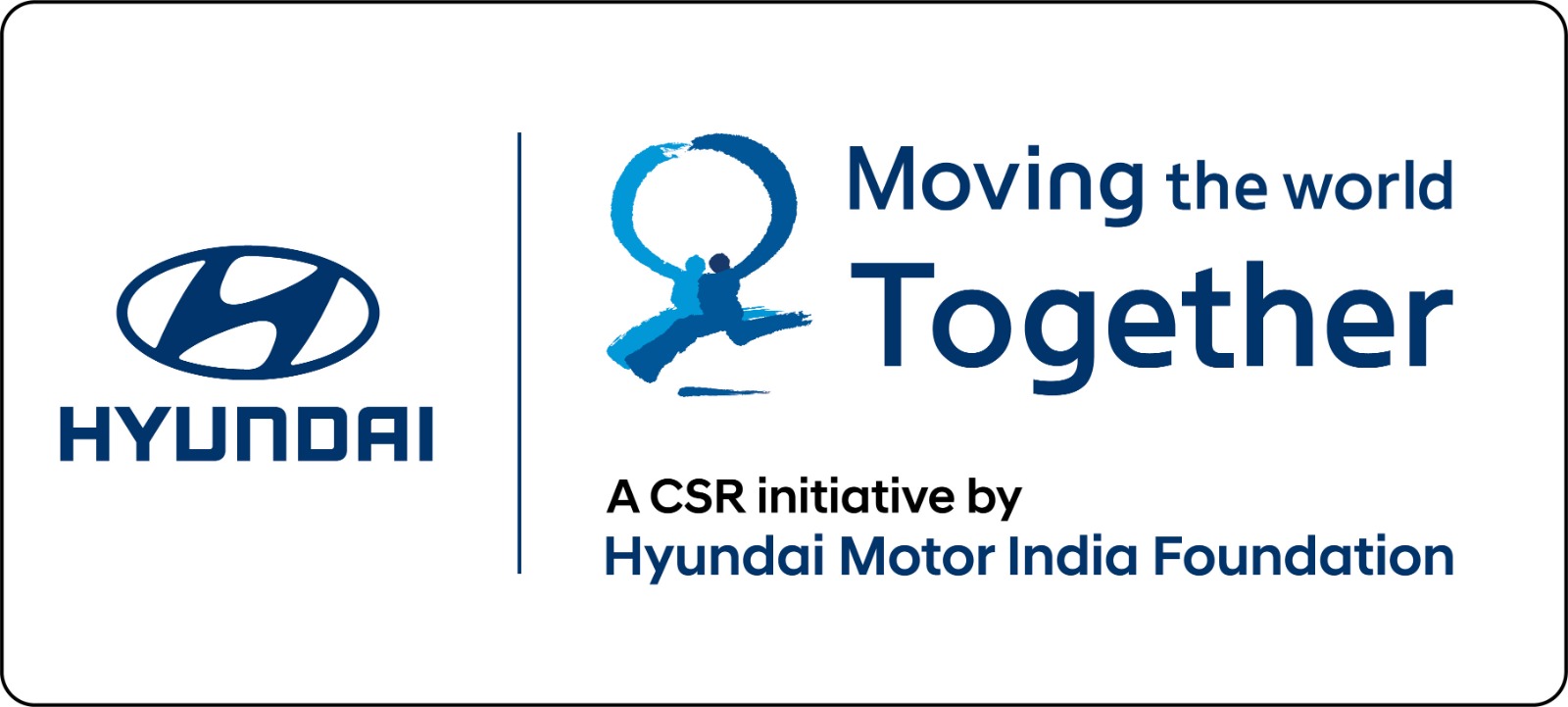A participatory water stewardship approach has ensured sustainable water supply for the villages
Groundwater – we take it for granted, use it, abuse it. But little do we realise that the planet is slowly drying up. Increased human activity has resulted in an acute water crisis that is ruthless and unforgiving. Eighty percent of rural and urban domestic water supply in India comes from groundwater. According to UNESCO World Water Development Report, India is the largest extractor of groundwater in the world. The NITI Aayog in its report states that 21 Indian cities are likely to go dry this year. But the pangs of this crisis are already being felt in rural India, where farmers depend on monsoons for irrigating their fields.
India’s agrarian economy is highly vulnerable to any irregularity in rains. Ground water accounts for 63 percent of all irrigation water. Farmers are highly dependent on groundwater for irrigation and any irregularity in the monsoon patterns leads to overuse and depletion of groundwater.
Traditional knowledge and local water governance practices of rural communities are unable to cope with these risks and losses. The water conservation initiatives implemented in our country often try to address the issue of water from a supply side perspective which involves creation of surface water bodies for rainwater storage. But the problem of judicious water-use (demand side management) needs equal attention.
India, thus faces a dual challenge: to regulate the growing demand for groundwater while replenishing its sources. It is a mammoth task. Across India, several models for conserving water and promoting its judicious use are being developed and implemented.
These steps can be effective if implemented properly. However, we all need to do our bit to minimize transmission of the virus as much as possible. Remember, India is one of the most densely populated country in the world, and as citizens, it becomes our duty to protect the marginalized and vulnerable groups — people who don’t have access to clean water and soap for washing hands, leave alone sanitizers.
Reversing the groundwater crisis:
OneStage has channelized private sector resources and funding for over two decades in the execution of water conservation projects, enabling partnerships between corporates, NGOs, community based organisations and government functionaries. The intervention is mostly in the moisture stressed districts of India, by ensuring increased water availability as well as enabling communities to use and govern available water resources in an efficient and sustainable manner.
Over the past two decades, OneStage has experienced that a successful watershed programme depends on a participatory approach where the social dimensions are considered during planning, and not just based on a civil engineering plan. The importance of participatory approach for effective and sustainable watershed management has been recognised by expert agencies like Food and Agriculture Organisation (FAO).
OneStage has put in place a two-pronged approach for its water stewardship programme has served the dual purpose of increasing supply of surface water, and reducing consumption of water in the agriculture sector.
A farmer’s journey of hope in Maharashtra
Sanjay Chandanse, a farmer from Relgaon village in Jalna district of Maharashtra, like millions of farmers in India, was dependant on the monsoons and a dugwell for water. Any failure in rain or erratic rainfall resulted in crop failure. “The stream near my farm is a major one as it feeds water to the percolation tank in the downstream direction. The stream was nearly dead. Silt was deposited on the three earthen nala bunds, which made it shallow. Hence, very little water was getting stored. The stream required desiltation,” he says.
In 2017, Chandanse took the initiative and met the local ‘Jal Sewak’ or ‘water steward’ appointed by Watershed Organisation Trust (WOTR) for a water management project funded by Oracle and OneStage. This project, which aims to promote effective and sustainable aquifer level ground water management, is currently going on in 14 villages of Jalna district. “I requested the representatives of WOTR and the local Jal Sevak to start the desiltation work. It took about three days and cost us ₹65,100 of which ₹20,000/- was contributed by the neighbouring farmers.” The desiltation process resulted in an increase in the water stored in the neighbouring wells. Over 41 lakh litres of water is now being harvested from the percolation tank.
Sanjay Chandanse’s story stands testimony to the fact that such an approach can really work wonders for farmers living in water-scarce regions. The programme has been able to empower the community to take ownership of the stream. The water resource is a public trust rather than a private entity. This was coupled with trainings on water budgeting, preparation of micro-watershed plans and judicious use and maintenance of water resources.
The water revolution in Jalna
A team of local youth were engaged to form associations to conduct water budgeting exercise, estimating the water availability prior to the main cropping seasons and plan cropping patterns accordingly. Villagers now not only monitor rainfall through simple rain gauges, but also measure the groundwater level regularly. Automatic Weather Stations (AWS) were installed in several villages to provide weather-based crop specific advisories to farmers to reduce crop losses and improve productivity.
An aquifer-based groundwater management was also piloted in the Bhokardan block of Jalna district. This project saw the use of 3D modelling technology explain the concept of aquifers to villagers. The villagers were told that they share a common aquifer and as per Maharashtra Groundwater Act, 2009, they need to come together and use it sustainably
A success story in Bundelkahnd
Another intervention, in the Bundelkhand district of Uttar Pradesh undertaken by BAIF, (supported by Oracle and OneStage) adopted a ‘ridge to valley approach’ – a watershed management method that treats degraded land. The objective is to conserve every drop of water starting at the ridge and reduce any losses when water flows from the ridge to the valley. This intervention involved catchment treatment works, followed by an awareness drive for farmers on soil and moisture conservation measures.
Farmers made a series of field bunds, small farm ponds, sowed less water intensive crop varieties and adapted short duration crops. It resulted in increase of moisture retention and increase in water availability which helped increase agriculture production, crop diversification, integrated farming ultimately helping rural families increase their income.
Search
Categories
Recent Posts
- A brief visit to a project site in Gurugram
- How was OneStage born?
- ‘The plight of people moved me, and the heroic efforts of frontline workers inspired me to support COVID Relief work’
- 7 ways to take care of your Mental Health during the pandemic
- 5 things you must keep in mind before forwarding information on COVID












.png)

.png)

